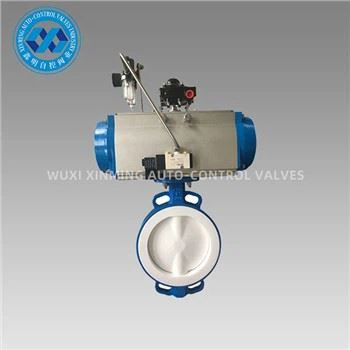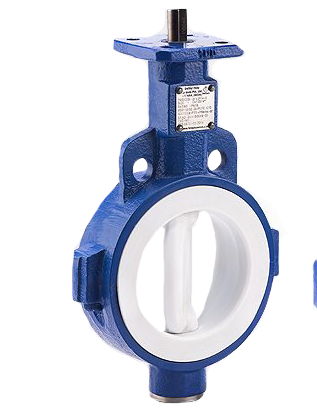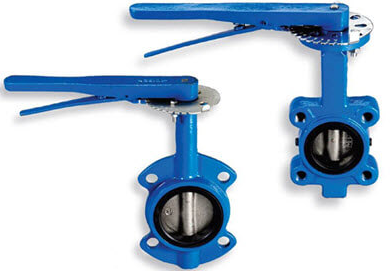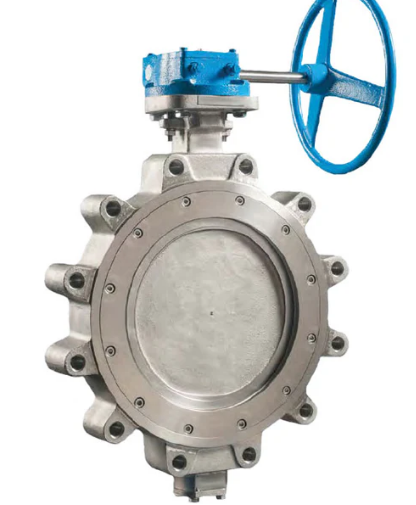Here's a concise summary of the key points about double-acting vs single-acting pneumatic valve actuators:
Single-Acting Actuators (Spring-Return)
- Operate with air pressure in one direction (open/close) and spring force in the opposite direction
- Offer fail-safe operation: automatically return to default position if power/air fails
- Best for safety-critical applications where valve position during failure matters
-
Drawbacks:
- Higher cost due to springs
- Springs wear out faster, reducing durability
- Larger physical size
-

Double-Acting Actuators
- Use air pressure for both opening and closing motions
-
Advantages:
- Lower cost
- Longer lifespan (no springs to wear out)
- More compact design
- No inherent fail-safe capability (unless specially equipped)
- Ideal for high-cycle applications where fail-safe isn't critical
-
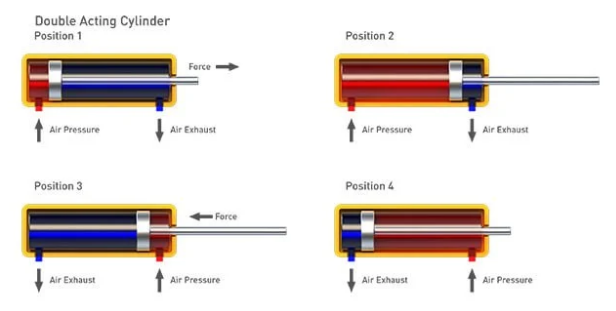
Innovation Option
- New double-acting actuators with integrated fail-safe (combines benefits of both types)
Selection Criteria
Choose single-acting when:
- Fail-safe operation is critical
- Cycle counts are moderate
- Size constraints allow it
Choose double-acting when:
- Cost and durability are priorities
- High cycling is needed
- Space is limited
- Fail-safe isn't required (or use new hybrid models)
For specific application advice, consulting with valve specialists like Gemini Valve is recommended.
1. What is the difference between a double-acting and a single-acting actuator?
Double-acting actuators use air pressure to move in both directions. Single-acting actuators use air pressure to move in one direction and a spring to return it to the original position.
2. Which type of actuator is more energy-efficient?
Single-acting actuators may be more energy-efficient in fail-safe applications because they only use air in one direction, saving compressed air.
3. When should I choose a double-acting actuator?
Choose double-acting for precise bidirectional control, faster cycling, or when higher torque is needed in both directions.
4. When is a single-acting actuator preferred?
Use single-acting actuators in fail-safe applications, where the actuator must return to a safe position (open or closed) upon air failure.
5. Are single-acting actuators more compact?
No, single-acting actuators are often larger than double-acting units due to the built-in spring mechanism.
6. Do double-acting actuators offer more torque?
Yes, double-acting models typically provide higher and more balanced torque in both directions compared to single-acting types.
7. What are the maintenance requirements for each type?
Single-acting: Check for spring fatigue and seal integrity. Double-acting: Focus on air sealing, lubrication, and control valve performance.
8. Can I convert a double-acting actuator to single-acting?
Some models are modular and allow conversion by adding or removing spring cartridges, but this depends on the actuator design.
9. What control systems are needed for each actuator type?
Double-acting actuators use 4-way (5/2) solenoid valves. Single-acting actuators use 3-way (3/2) valves for basic control.
10. Which is more cost-effective in the long run?
Double-acting actuators may have lower initial costs, but single-acting options can reduce energy use and improve safety in critical applications.
If you want to learn more about low-priced products, please visit the following website: www.xm-valveactuator.com







